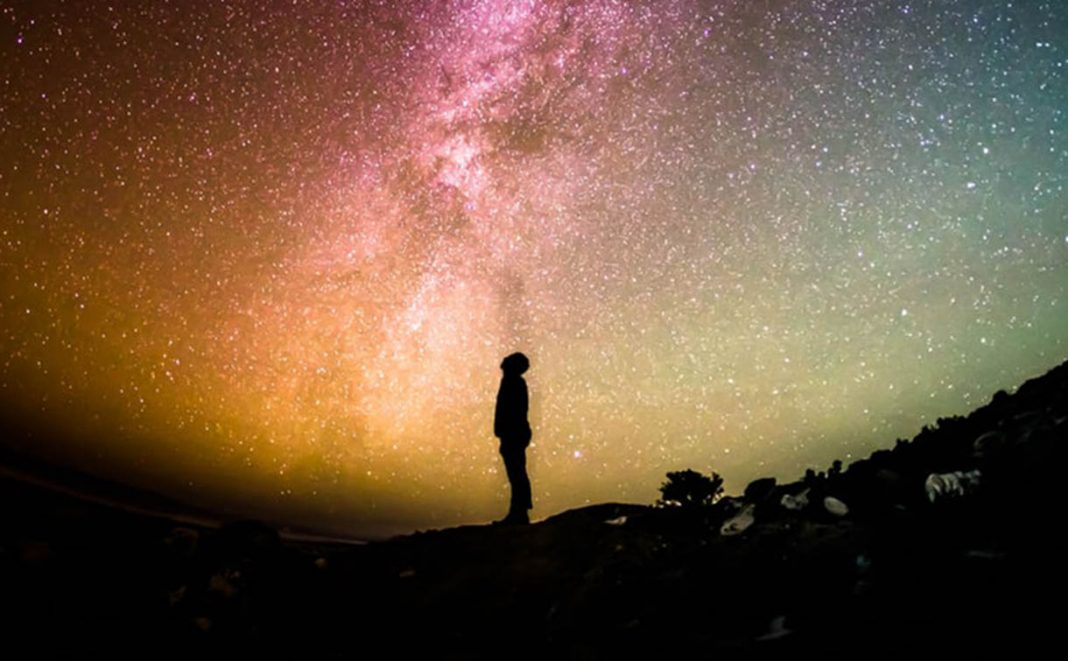Supernovas are one of the most impressive things that happened in the universe. Supernovas are formed when there has been an excess in matter which makes a star explode. When the star’s nuclear fuel is over, the mass flows into its core.
The core gets so heavy that it cannot hold up its own gravitational force. The core then falls, and this turns into a massive explosion of a supernova.
The supernova also resulted in a phenomenon explosion resulting in another shadowy and beautiful object like a neutron star. Who would know that this invention would exist and inspired people to produce movies such as Hidden Figures, documentaries and even online slot games at Luckyvip.com. You will come across games such as Shooting Stars Supernova, Fluffy in Space Slot, Space Spins Slot games and many more.
Scientists have traced the dead relic from Supernova 1987A – This is considered as one of their preferred star explosions. The Neutron stars are the relics of supernovas, they have an enormous gravitational pull.
Phil Cigan , an astrophysicist at Cardiff University said: “For the very first time we can tell that there is a neutron star inside this cloud within the supernova remnant, Its light has been veiled by a very thick cloud of dust, blocking the direct light from the neutron star at many wavelengths, like fog masking a spotlight.’’
Astronomers saw the object, but they have struggled to get track of its location. This is because of a veil of concealing dust. Researchers marked the area of attention as “the blob”.
In an interview with the BBC, Prof Haley Gomez from Cardiff University said “It’s so much hotter than its surroundings, the blob needs some explanation. It really stands out from its neighboring dust clumps, We think it’s being heated by the hot neutron star created in the supernova. When telescopes first spotted the explosion in 1987, it caused huge excitement. The amazing thing about [Supernova 1987A] is that we are watching the changes in real-time, seeing how it evolves over months and years. It’s like watching the plot develop in the acts of a play. By monitoring its progress, we can compare the reality to what different models predict, and we are eagerly anticipating seeing the direct radiation from the neutron star when the dust thins out.”
“We see the recycled light if you like. The hot neutron star heats the dust grains and as they absorb that energy – they shine at sub-millimeter wavelengths. That’s what we detect,” said Prof Gomez.
Blob was found in brighter energy which is close to the cloud centre. It’s concurring with carbon monoxide molecules. Carbon Monoxide is likely being damaged by a source of high heat. “We are confident that this neutron star exists behind the cloud and that we know its precise location,” said Mikako Matsuura, also of Cardiff University.
More observations need to be carried out of the blob. Yet, this might take up to 50 to 100 years from now.





